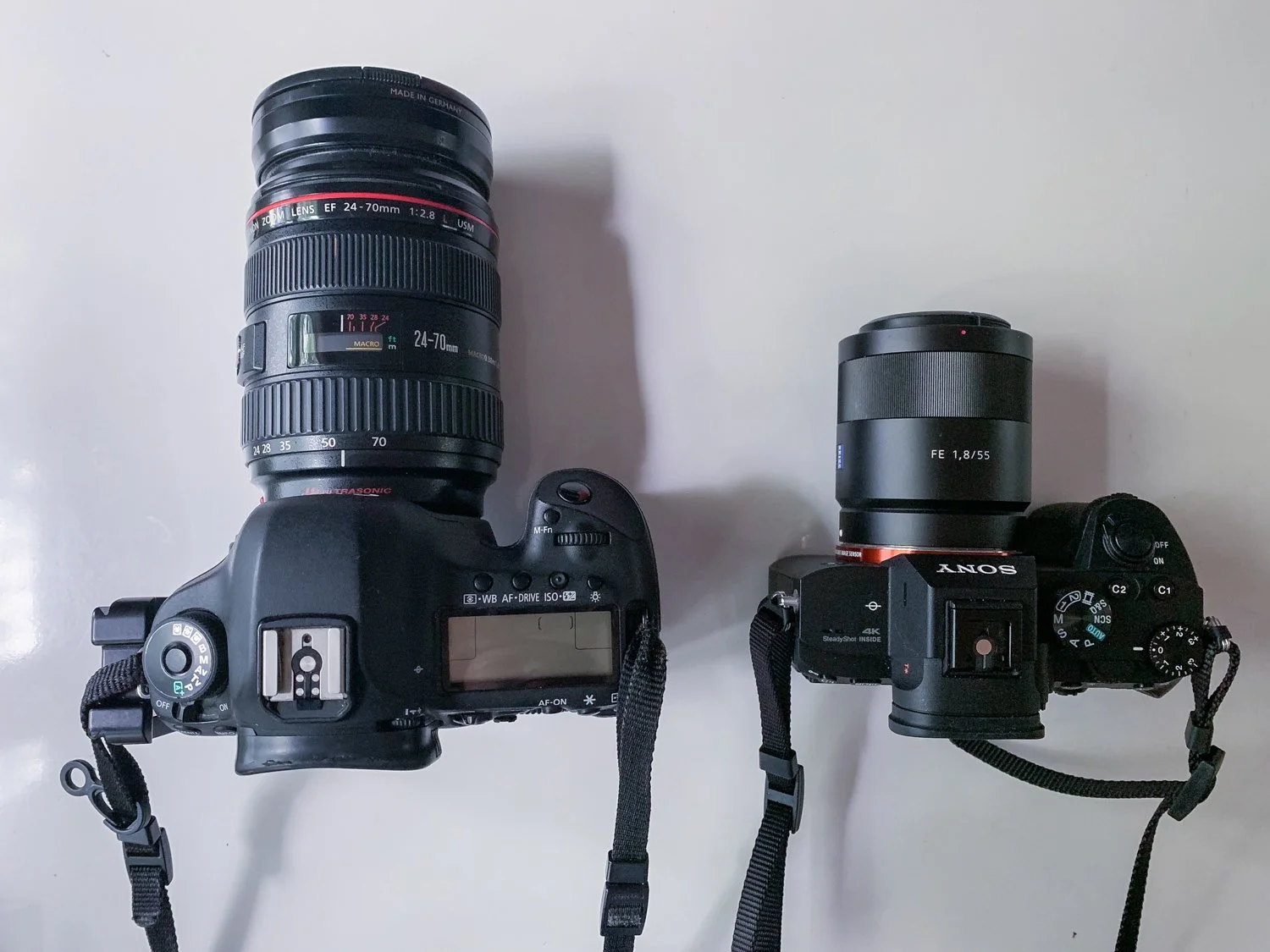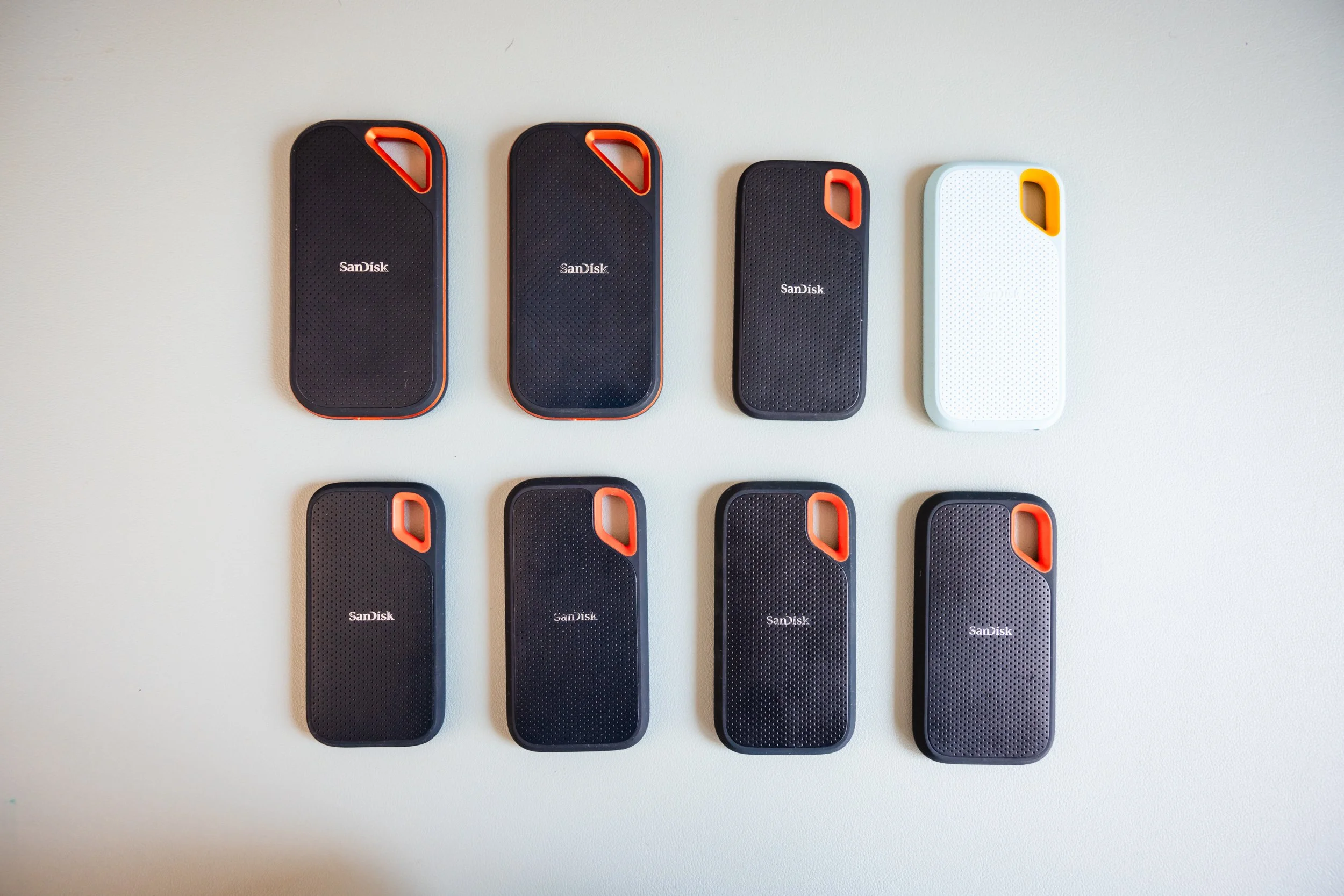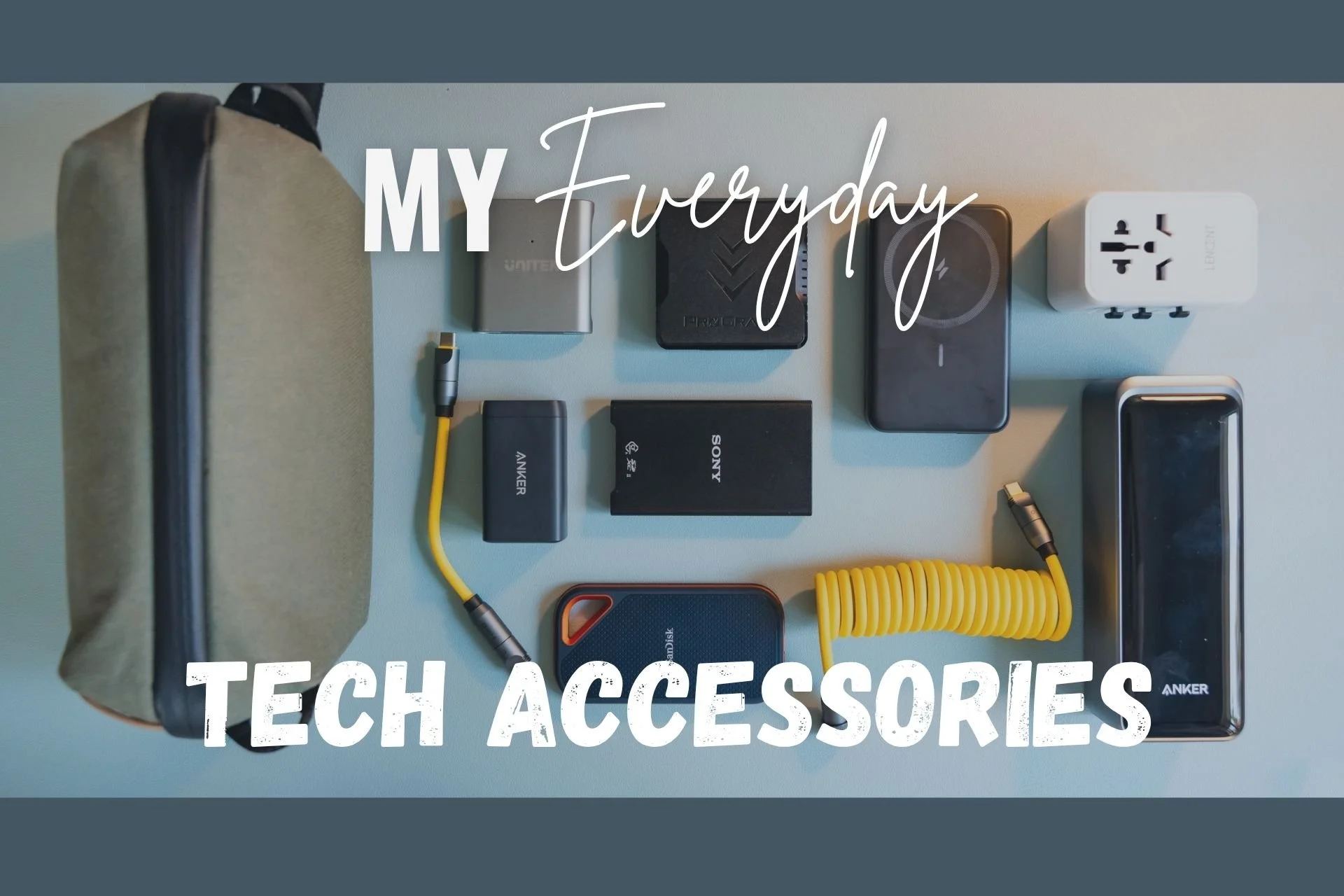Sony vs. Canon: Why I Use Both Mirrorless Camera Systems for Travel & Family Photography
Ever wondered why someone would shoot with two different mirrorless camera systems? In this post, I’m sharing why I’ve chosen to work with both Sony and Canon cameras, and how each plays a unique role in my photography.
It’s a journey that started back in 2018 when my kids were just 1 and 3 years old. Since then, my gear has evolved to meet my needs as a travel and family photographer.
Why I Switched to Sony in 2018
Let’s go back to 2018. At the time, I was a long-time Canon photographer—nearly two decades. But when I started looking for a mirrorless camera, Canon didn’t have what I needed.
1. Compact and Light Weight
I had two little ones, just 1 and 3 years old, and I needed something light and small that could easily fit into my diaper bag. I was also looking for eye autofocus feature that could focus faster and better in low light conditions, and could track constant motion even when I took pictures with only one hand.
That’s when Sony entered the picture. They were leading the mirrorless market, with cutting-edge autofocus and compact camera bodies. The Sony A7 III became my first mirrorless camera and soon replaced my big and bulky Canon DSLR for candid shots of my kids. It felt like Sony was exactly what I needed at the time.
Why I Switched Back to Canon
Fast forward a couple of years, I found myself drawn back to Canon. What brought me back? The lens. I got someone recently told me this: you date your camera, but marry your lens. Whoever said that was absolutely spot on. For me, having the right lens that’s suitable for my photo needs and style is crucial.
1. Compact 70-200 f2.8
Over the years, my favorite lens has always been 70-200mm f2.8. When Canon introduced its RF70-200mm f/2.8, it was the smallest one I could find in the market.
As someone who travels often, having compact gear is essential. This lens is no brainer a perfect choice for me.
The only problem was it could only be mounted on Canon mirrorless cameras. That’s why I bought a Canon mirrorless camera, just for this lens.
In case you are in the middle of upgrading your camera gear from DSLR to mirrorless but don’t know what and how to choose, check out my Mirrorless Camera Ultimate Buying Guide, where I have simplified the overwhelming world of mirrorless cameras, helping you pinpoint what you actually need.
I talked about not only how to choose cameras but also lenses.
2. Color Science
OK moving on… And then there’s Canon’s color science. After years of using Canon, switching to Sony felt a little different.
Even with post-processing, I sometimes wondered why I couldn’t achieve the same look. Canon’s color science just works for me—it’s consistent, authentic, and requires less tweaking in post. Now after using both systems for years now, I don’t think it is a huge issue anymore, but it did cause me a few headaches at the beginning.
3. Usability and Menus
Another key factor in my switch was usability. While the Sony A7 III was one of Sony’s most popular cameras at that time, its menu system was...challenging. Setting up something as basic as eye autofocus required quite a bit of research and customization.
When I got the Canon R5 in 2020, it was a completely different experience. Canon’s menu system is intuitive and user-friendly. I was able to set up the camera and start shooting almost immediately. No deep dives into forums, no lengthy tutorials—just straightforward operation.
Even after upgrading to the Sony A7 IV later on, Canon still wins in terms of ease of use. It’s streamlined and saves me so much time.
4. File Sizes (surprise finding)
Another surprise advantage of Canon? File sizes. My Canon R5 is a 45-megapixel camera, yet its RAW files are mostly between 40 and 50MB. Compare that to my Sony A7IV, which is only a 33 megapixel camera, but its RAW files often exceed 70MB.
Some might argue Canon’s files use more aggressive compression, but I haven’t noticed any loss in quality. And the smaller file sizes mean I can store more photos on my memory cards and external drives—a lifesaver when I’m shooting tens of thousands of photos on a trip.
Why Use Both?
So, why do I still use Sony? It’s all about the lenses. Sony has an amazing lineup of compact primes, like the 24mm, 35mm, and 55mm, no to mention 3rd party ones. Paired with Sony’s slightly smaller bodies, they’re perfect for street photography or lightweight travel setups.
For me, Sony shines when I want to stay low-key for everyday moments or street photography. It’s also great for indoor, low light scenarios when you don’t want to use big and bulky prime lenses. In a nutshell, the compactness of Sony’s prime lenses win over Canon."
Optimized Lens Pairing
Therefore, using both systems allows me to optimize my lens pairing. Over time, I’ve learned to minimize lens swaps, especially in crowded urban settings or windy outdoor locations where dust and safety are concerns.
With Canon, I use zoom lenses so I don’t have to chase my kids and miss the moments in outdoor scenarios, while my Sony setup is reserved for primes like the 35mm for street photography, 24mm for night photography and indoor youtube videos like this. It’s a perfect balance that keeps my gear lightweight and functional, no matter the scenario.
In the end, it’s not about choosing one brand over another—it’s about finding the right tools for your photography. For me, Canon and Sony each bring unique strengths that perfectly complement my style.
































Choosing between Sony and Canon mirrorless cameras? I reveal why I’ve chosen to use both systems for capturing precious family moments and breathtaking travel photos. You'll discover the top reason I chose each brand and what you should prioritize on when it comes to picking the right camera system.